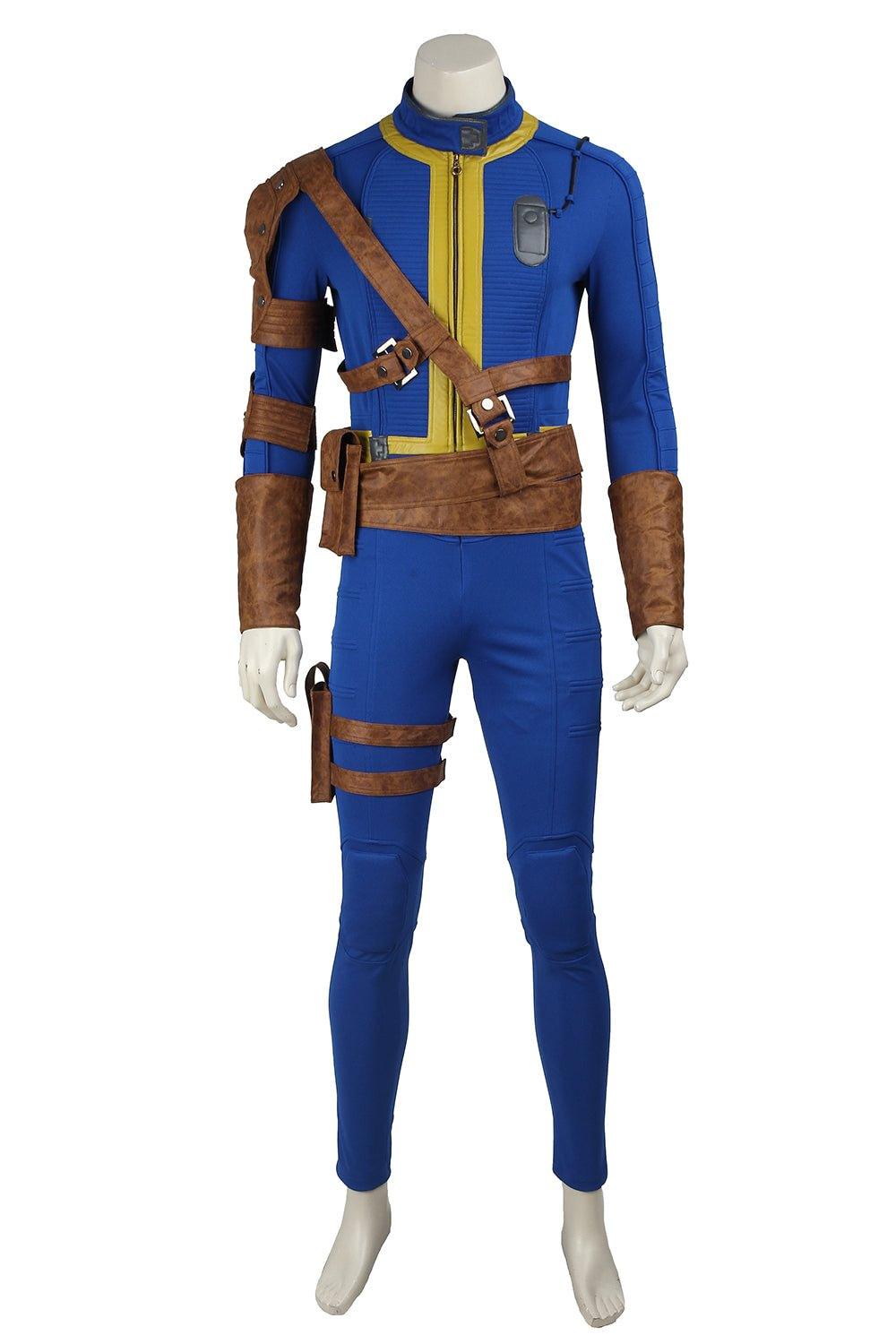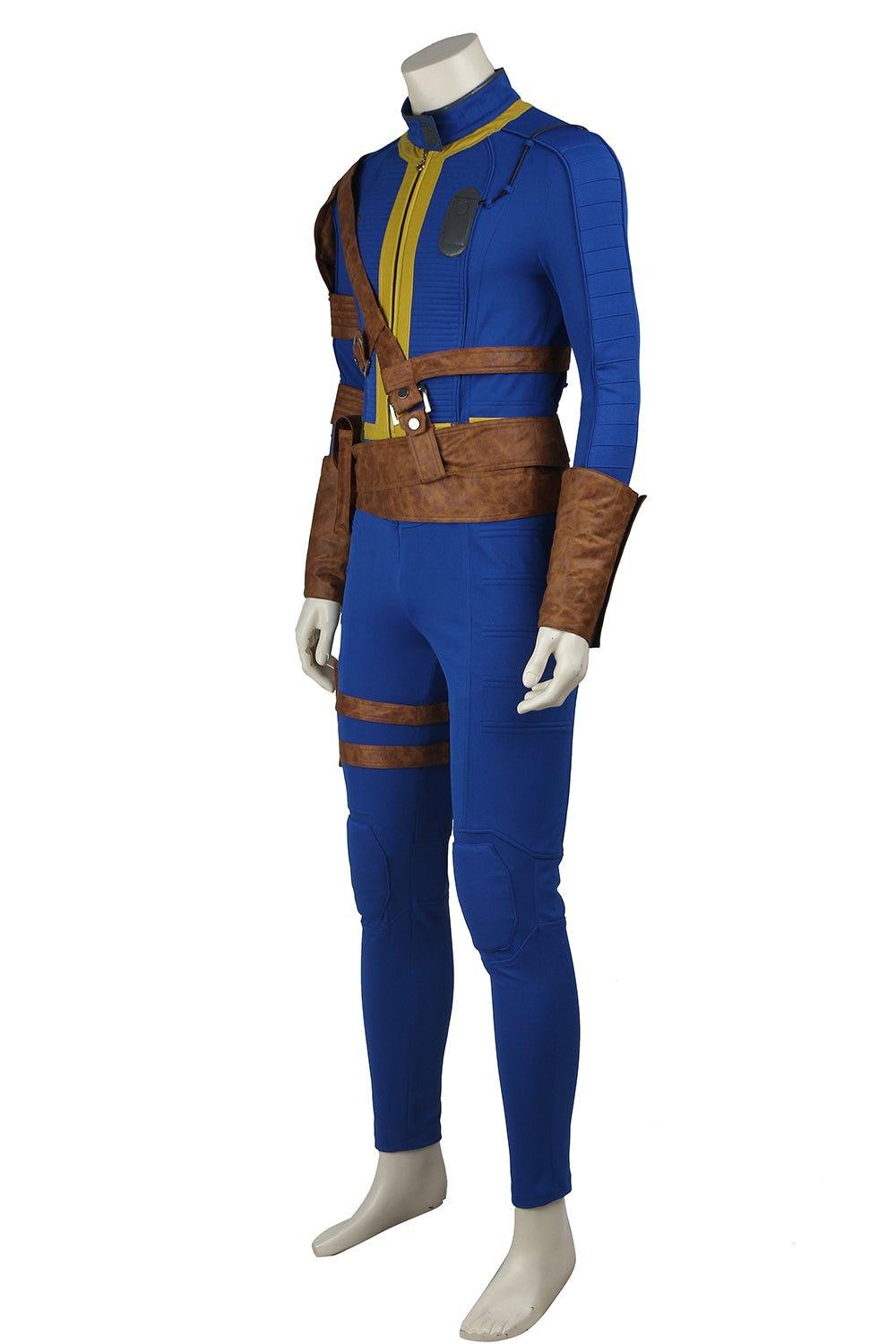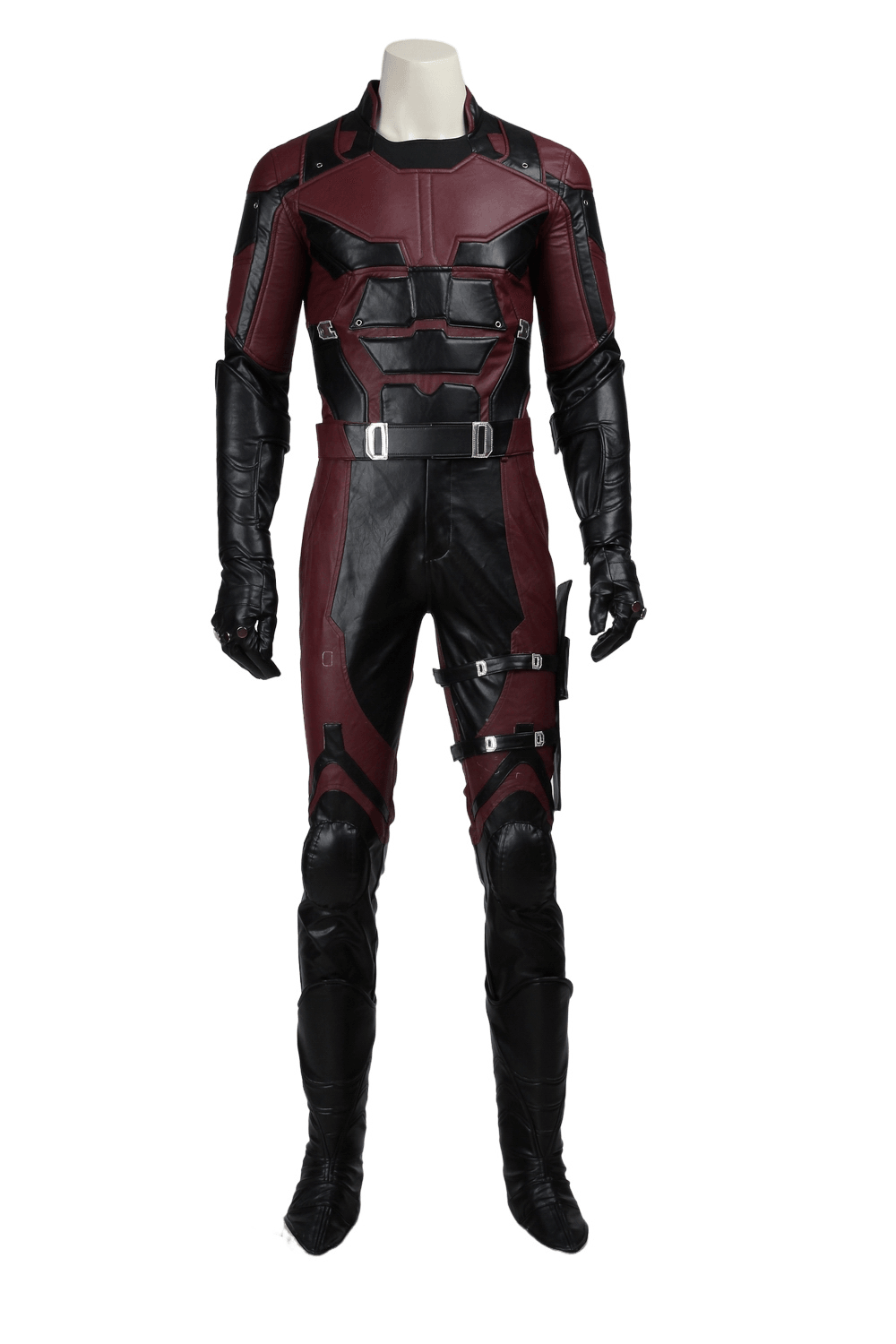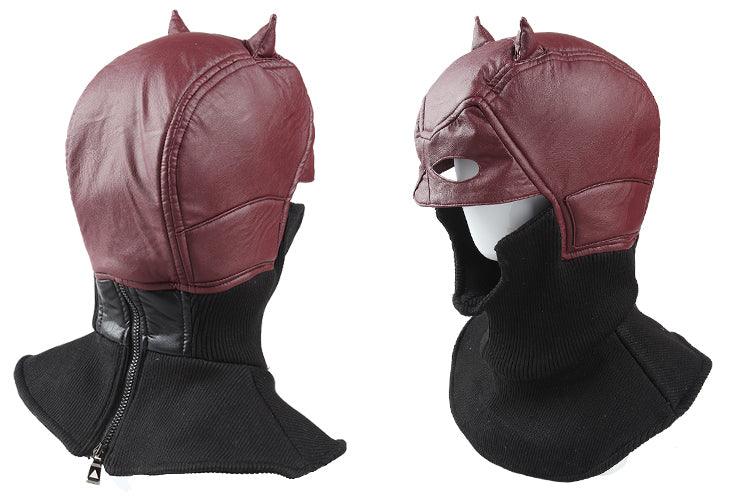Creating moving wings for cosplay is an exciting and challenging project that can elevate your costume to new heights. This comprehensive guide will walk you through the process of designing, constructing, and implementing moving wings for your cosplay, incorporating insights from various sources, including CrazeCosplay.com. We'll cover everything from planning and materials to advanced mechanisms and finishing touches.
Planning and Design
Before diving into construction, it's crucial to plan your moving wings carefully. This initial stage sets the foundation for your entire project.
Gather Reference Images
Start by collecting reference images of the character's wings you want to recreate. Look for:
-
Multiple angles of the wings
-
Close-up shots of wing details
-
Any existing cosplays or fan art featuring moving wings
These images will serve as your guide throughout the creation process.
Sketch and Highlight
Using your reference images, sketch out the wings on paper. Highlight:
-
Parts that will form the base or supporting structure
-
Areas that will move or articulate
-
Decorative elements or trim
This visual breakdown will help you plan the construction steps more effectively.
Determine Wing Type and Movement
Analyze your character and decide on the type of wings and movement you want to achieve. Common types include:
-
Bird wings with flapping motion
-
Bat wings with folding capability
-
Mechanical wings with rotating or extending parts
-
Fairy wings with subtle vibration or shimmer
Each type requires different mechanisms and materials.
Size and Practicality Considerations
Decide on the size of your wings, keeping in mind:
-
The wearer's body proportions
-
Practicality for movement in crowded spaces
-
Weight distribution and balance
-
Transportation to and from events
Remember, larger wings might look impressive but can be challenging to maneuver and transport.
Materials and Tools
For creating moving wings, you'll need a combination of structural and mechanical components. Here's a comprehensive list:
Structural Materials
-
Lightweight foam (EVA or craft foam)
-
PVC pipes or aluminum rods for framing
-
Fabric (spandex, organza, or other lightweight options)
-
Wire (various gauges for detailing and support)
-
Thermoplastic (like Worbla) for detailed parts
Mechanical Components
-
Servo motors (for controlled movement)
-
Arduino or other microcontroller (for programming movements)
-
Batteries (rechargeable lithium-ion recommended)
-
Gears, pulleys, or levers (depending on your mechanism)
-
Fishing line or thin cables (for transferring motion)
Tools
-
Heat gun (for shaping foam and thermoplastic)
-
Soldering iron and solder (for electrical connections)
-
Dremel or rotary tool (for cutting and shaping)
-
Hot glue gun and strong adhesives
-
Sewing machine (for fabric work)
-
Wire cutters and pliers
-
Safety equipment (goggles, gloves, dust mask)
Constructing the Base Frame
The base frame is the foundation of your moving wings. It needs to be sturdy yet lightweight.
1. Create a Harness
Start by creating a comfortable harness that will distribute the weight of the wings evenly across your back and shoulders.
-
Use wide webbing or padded straps for comfort
-
Incorporate adjustable buckles for a snug fit
-
Consider integrating the harness into a corset or vest for added support
2. Build the Wing Frame
Using PVC pipes or aluminum rods, construct the main frame of your wings.
-
Cut the pipes or rods to the desired length for your wing span
-
Create joints using PVC connectors or by bending the aluminum
-
Ensure the frame is symmetrical and balanced
3. Attach the Frame to the Harness
Securely fasten the wing frame to your harness:
-
Use strong bolts or rivets for a sturdy connection
-
Incorporate pivot points if your wings will fold or collapse
-
Test the attachment by wearing the harness and moving around
Implementing the Movement Mechanism
This is where your wings come to life. The specific mechanism will depend on your chosen wing type and desired movement.
Flapping Mechanism
For bird-like wings with a flapping motion:
-
Attach servo motors at the base of each wing
-
Connect the motors to an Arduino microcontroller
-
Use fishing line or thin cables to transfer the motor's rotation to a flapping motion
-
Program the Arduino to control the flapping speed and pattern
Folding Mechanism
For bat-like wings that can fold:
-
Incorporate hinges at key points along the wing frame
-
Use a system of pulleys and cables to control the folding motion
-
Attach a servo motor to drive the pulley system
-
Program the folding sequence using an Arduino
Extending Mechanism
For mechanical wings that extend:
-
Create telescoping sections in your wing frame
-
Use linear actuators or a rack and pinion system for extension
-
Control the extension with servo motors and an Arduino
-
Implement limit switches to prevent over-extension
Adding Structure and Detail
With the base frame and movement mechanism in place, it's time to add structure and detail to your wings.
1. Create Wing Panels
Using lightweight foam or thermoplastic:
-
Cut out the shape of your wing panels
-
Heat and shape the material to add curves and dimension
-
Reinforce edges and stress points with wire
2. Attach Fabric
If your design includes fabric elements:
-
Cut fabric to fit your wing panels
-
Stretch and glue or sew the fabric onto the panels
-
Consider using multiple layers for depth and texture
3. Add Decorative Elements
Enhance your wings with details that match your character:
-
Paint intricate patterns or textures
-
Attach feathers, scales, or mechanical details
-
Use LED lights for glowing effects
Programming and Control
For electronically controlled wings, you'll need to program your Arduino or microcontroller.
Basic Flapping Program
Here's a simple Arduino sketch for controlling a flapping motion:
#include <Servo.h> Servo leftWing; Servo rightWing; void setup() { leftWing.attach(9); rightWing.attach(10); } void loop() { for (int pos = 0; pos <= 180; pos += 1) { leftWing.write(pos); rightWing.write(180 - pos); delay(15); } for (int pos = 180; pos >= 0; pos -= 1) { leftWing.write(pos); rightWing.write(180 - pos); delay(15); } }
This program creates a simple flapping motion. You can modify it to create more complex movements or to respond to button presses or other inputs.
Power Management
Proper power management is crucial for the longevity and safety of your moving wings.
Battery Selection
Choose rechargeable lithium-ion batteries for their high energy density and light weight. Consider:
-
Voltage requirements of your motors and electronics
-
Capacity needed for your event duration
-
Weight and size constraints
Power Distribution
Design a power distribution system that:
-
Provides stable voltage to all components
-
Includes fuses or circuit breakers for safety
-
Allows for easy battery swapping or recharging
Testing and Refinement
Before finalizing your moving wings, conduct thorough testing:
-
Wear the wings for extended periods to check comfort
-
Test all movements and mechanisms repeatedly
-
Identify and fix any weak points or malfunctions
-
Adjust the programming for smooth, natural movements
Finishing Touches
To complete your moving wings:
-
Add any final paint or weathering effects
-
Ensure all exposed mechanisms are safely covered
-
Create a transport solution (e.g., a custom case or bag)
-
Prepare a quick-repair kit for emergencies at events
Resources and Inspiration
For more ideas and tutorials on creating moving wings, check out these resources:
-
CrazeCosplay.com offers a variety of cosplay tutorials and materials that can be adapted for moving wing projects.
-
YouTube channels like Kamui Cosplay and Punished Props Academy often feature advanced cosplay techniques, including motorized components.
-
Cosplay forums and social media groups can provide community support and troubleshooting advice.
Conclusion
Creating moving wings for cosplay is a complex but rewarding project that combines engineering, artistry, and imagination. By carefully planning your design, selecting the right materials, and implementing a suitable movement mechanism, you can bring your character's wings to life in a truly spectacular way.
Remember that patience and persistence are key. Don't be discouraged if your first attempt isn't perfect – each project is a learning experience that will improve your skills for future cosplays.
Whether you're crafting angelic wings that gently flutter, demonic wings that dramatically unfurl, or mechanical wings that whir and extend, the key to success lies in attention to detail, thorough testing, and a willingness to problem-solve creatively.
With these techniques and resources at your disposal, you're well-equipped to create moving wings that will captivate audiences and bring your cosplay vision to stunning reality. Happy crafting, and may your wings carry you to new heights of cosplay excellence!







